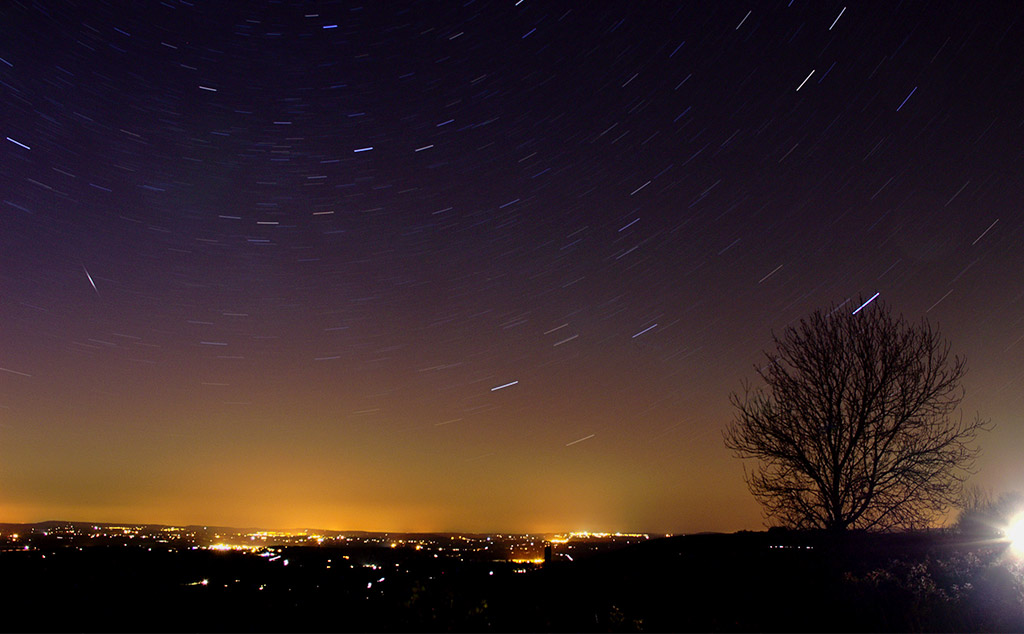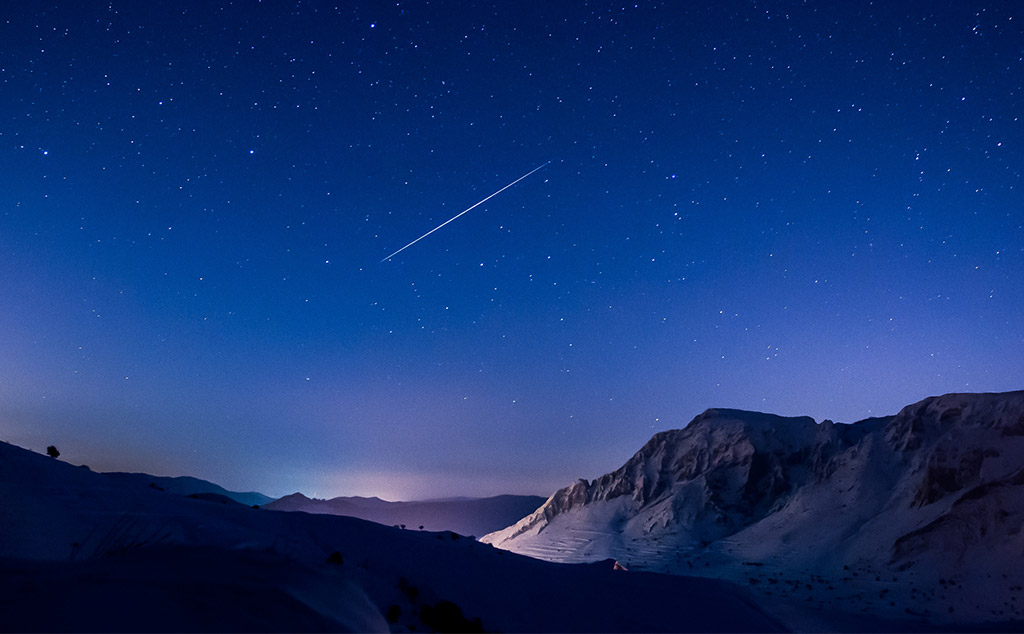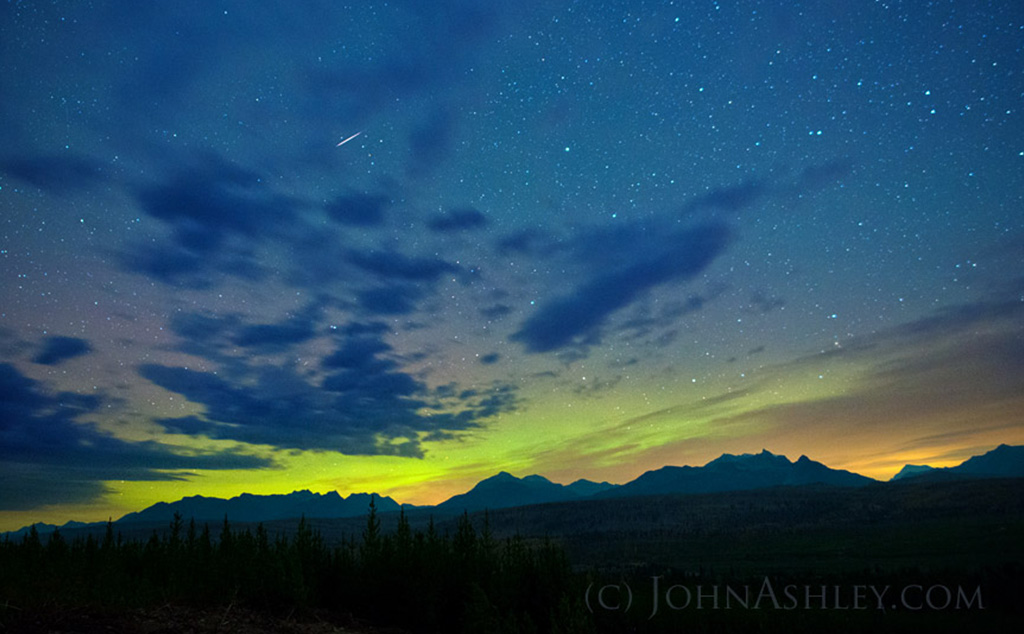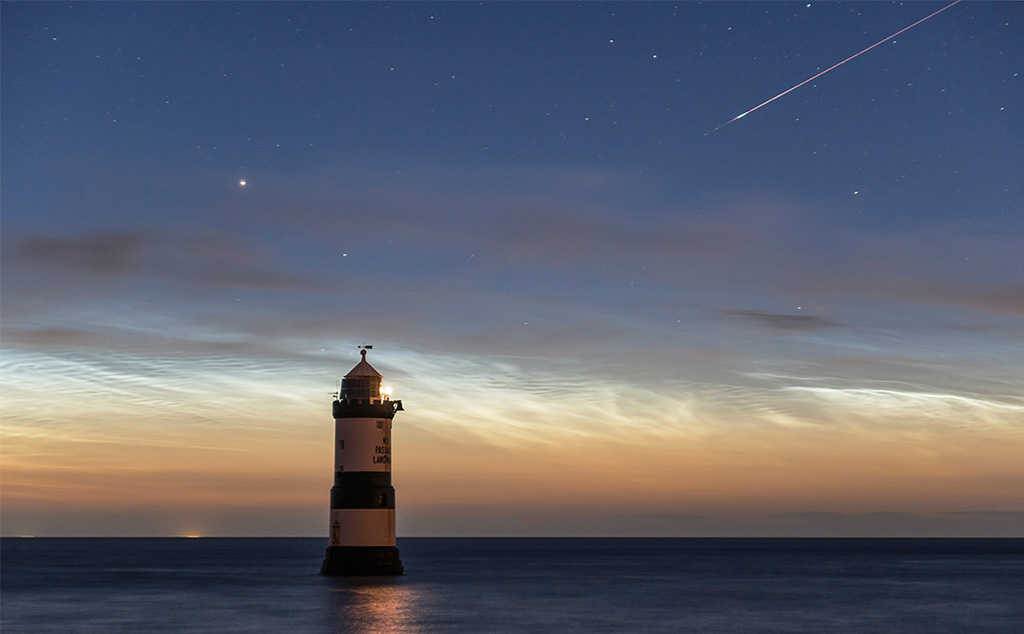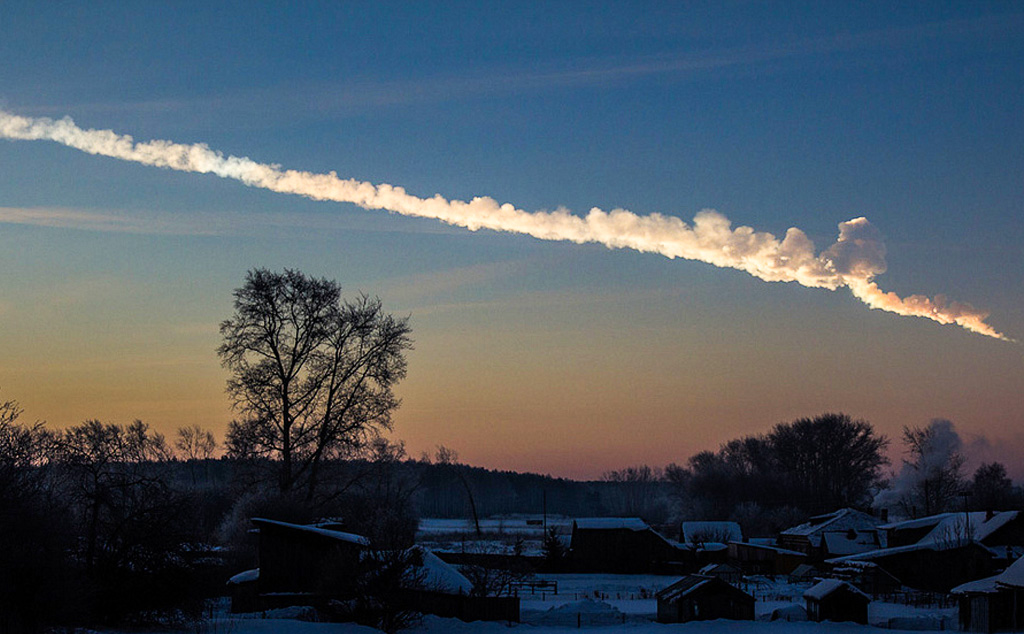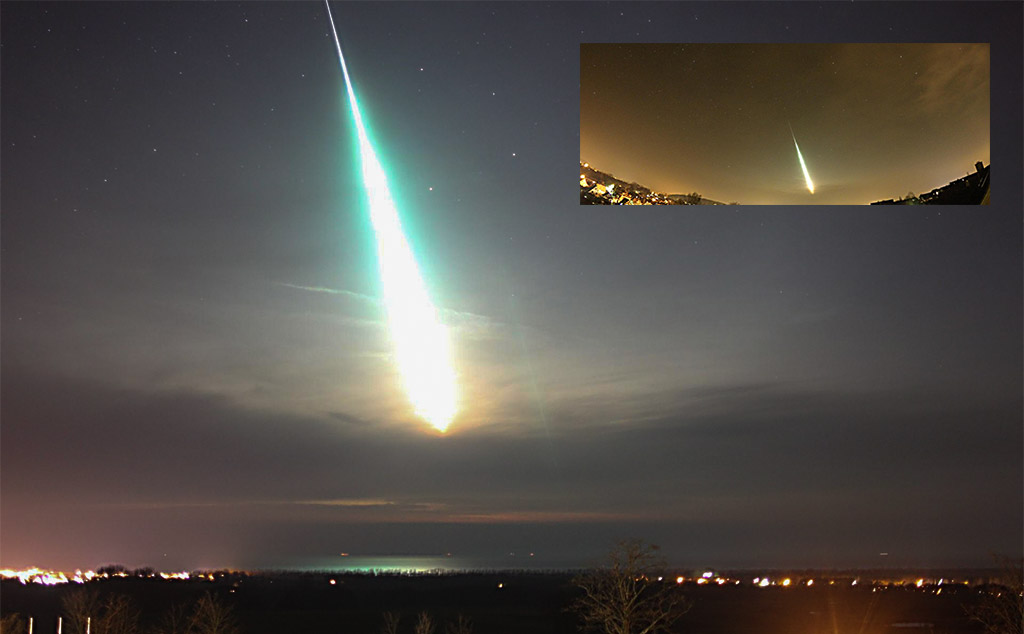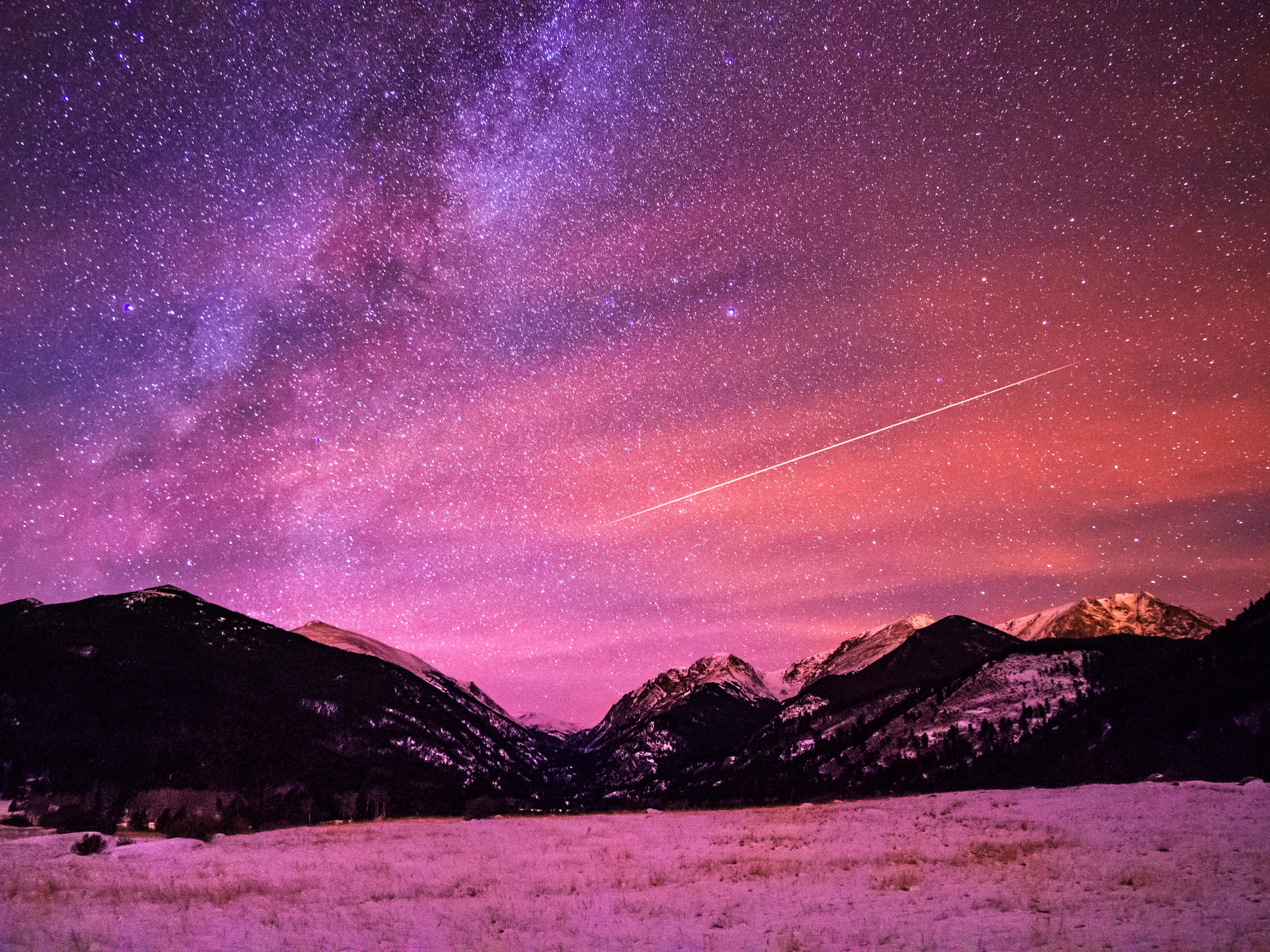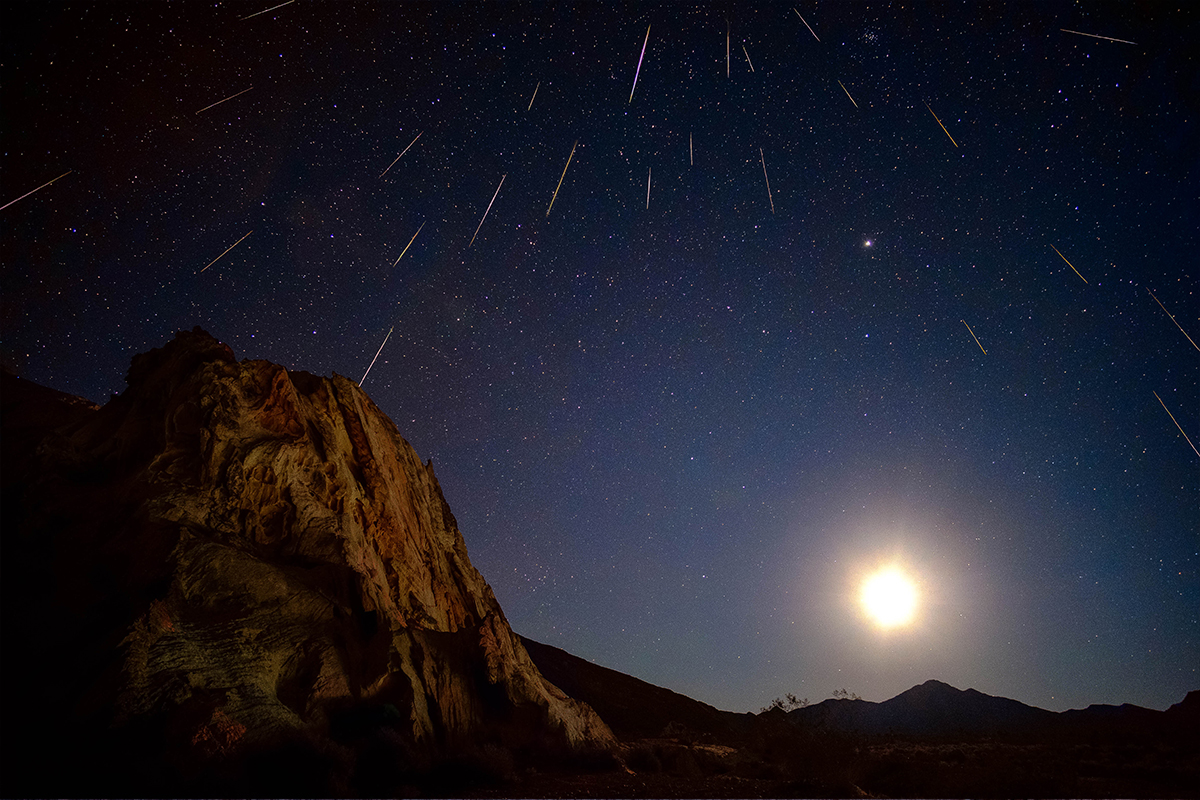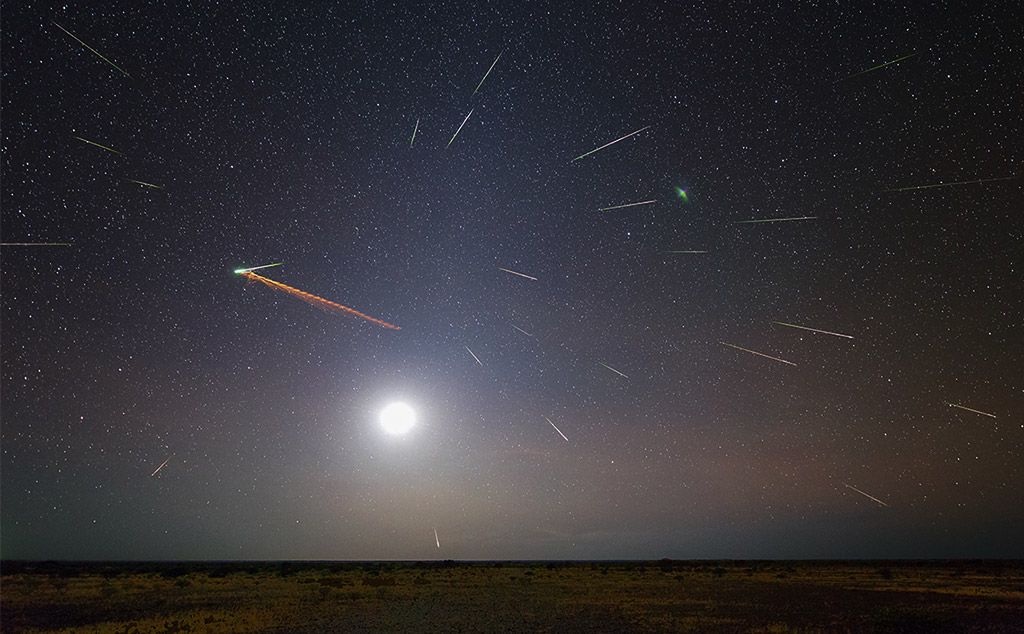
Viewing the Eta Aquariid Meteor Shower in 2016
The Eta Aquariids (ETA) are active between April 19 and May 28. The strongest activity is usually seen near May 7, when rates can reach 25-30 meteors per hour as seen from the tropical areas of the Earth.
 American Meteor Society
American Meteor Society
